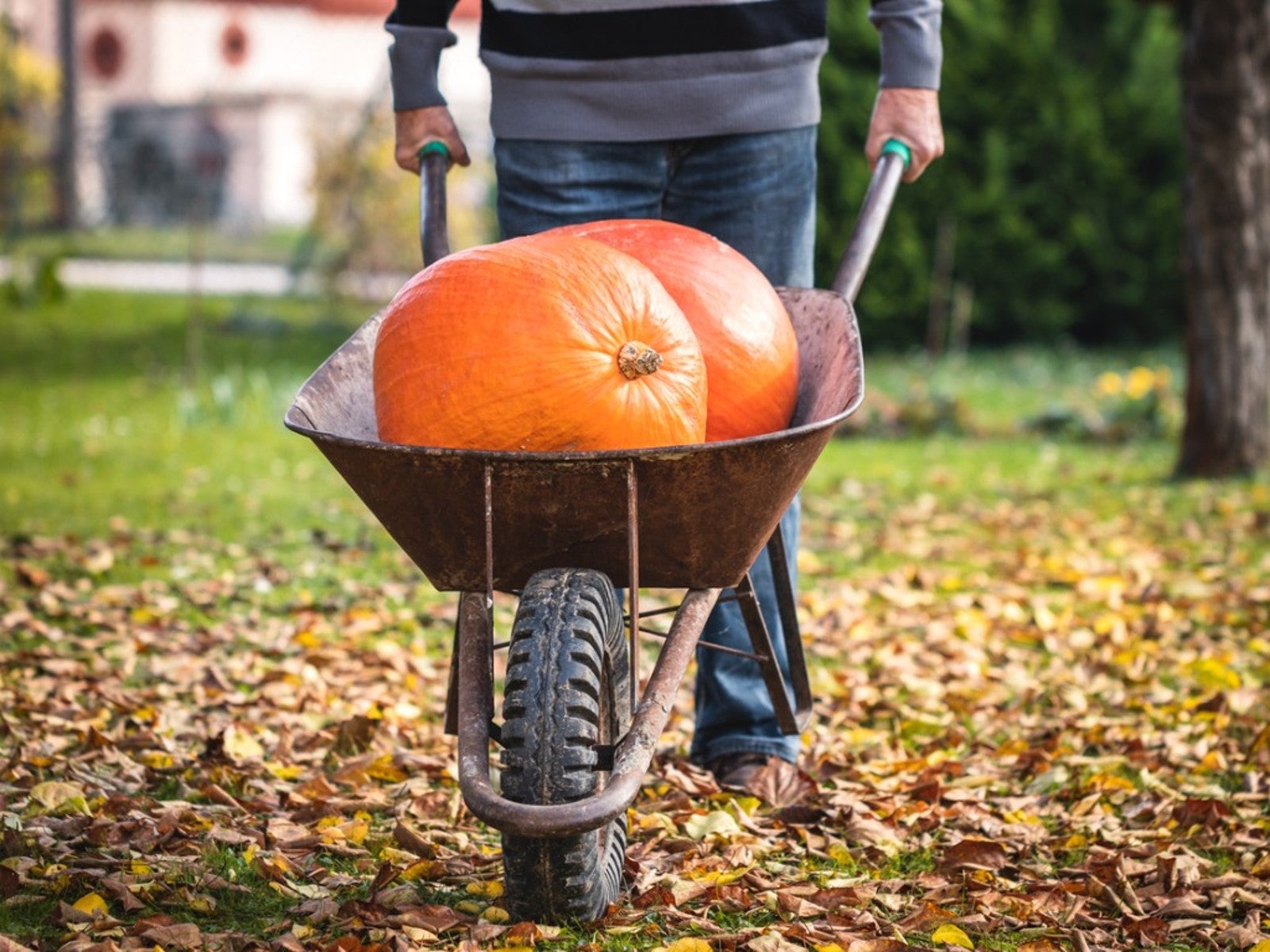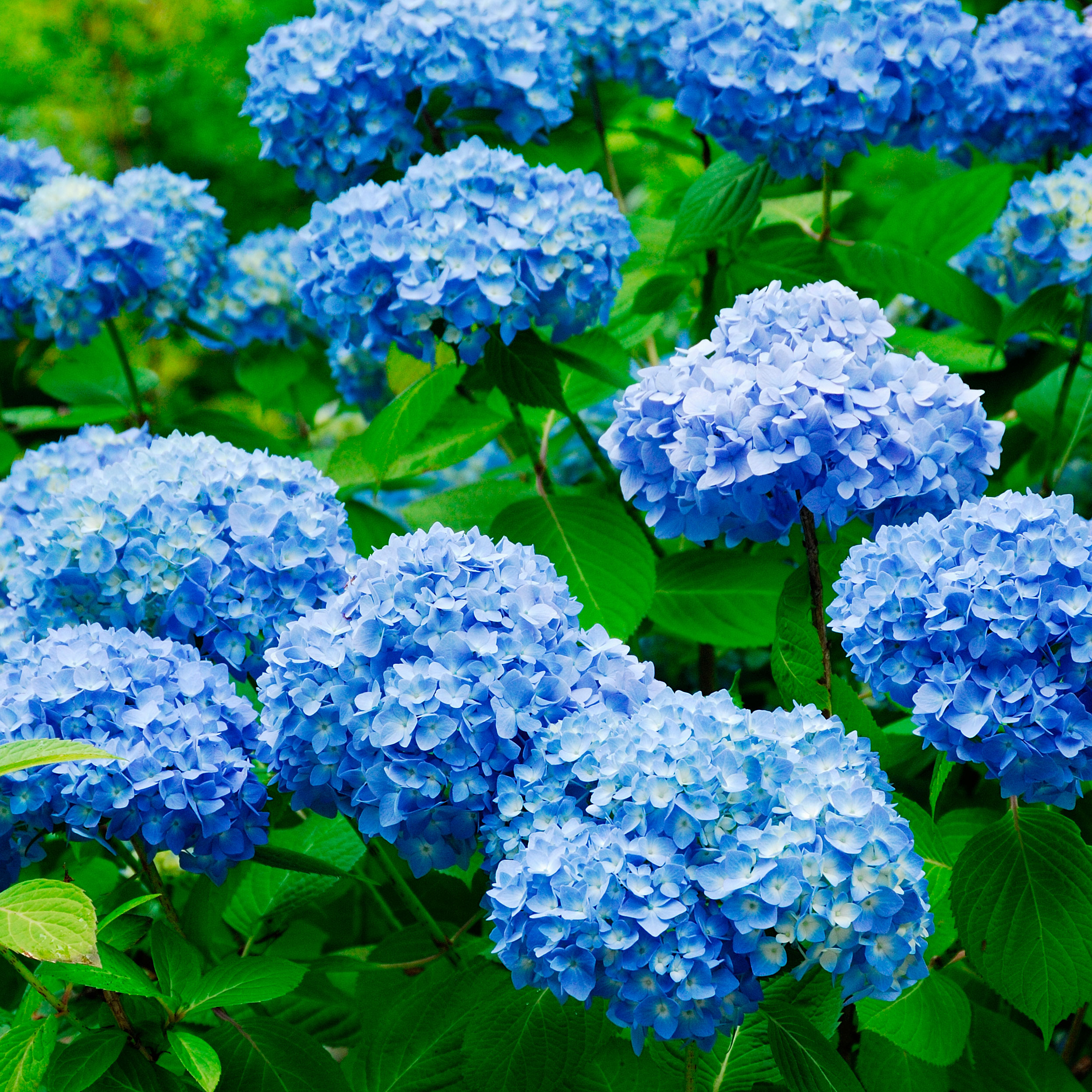How And When To Harvest Pumpkins In The Garden


Autumn is often considered the season to harvest pumpkins. While most of our garden veggies are picked at the peak of ripeness, the target date for harvesting pumpkins is usually determined by the calendar. So what happens if Autumn has arrived and your pumpkins aren't ready? Should you pick them anyway?
When to Harvest Pumpkin
Depending upon the variety, pumpkins typically take between 90 and 120 days to reach maturity. Hot, humid days can cause pumpkins to ripen early, as can any condition which causes the vines to die prematurely. Likewise, a warm fall allows pumpkins vines to continue growing, which can delay ripening.
Aside from wanting pumpkins to display in the fall or for carving at Halloween, the ideal time to pick pumpkins is when they are fully ripe. Pumpkins which have reached the peak of maturity will have the best flavor, color and the longest shelf life. To know when to pick pumpkins, check for these signs of ripeness:
- Mature color – Whether you planted an orange variety or another color of pumpkin, check to see if the pumpkin has completely changed to its mature color.
- Hard skin – Try pressing your fingernail into the pumpkin's surface. If it doesn't leave a dent, the skin has hardened.
- Woody stem – Yellowing leaves and vines at the end of the growing season indicate the fruit is ripening. At this time, the stem will begin to turn brown and become woody.
- Hollow sound – Tap lightly on the pumpkin. A ripe pumpkin will produce a hollow sound.
How to Harvest Pumpkins
Once the pumpkins are fully mature, use a pair of sharp pruning loppers to sever the vine a few inches from the pumpkin. Leaving a section of stem on the pumpkin makes it more attractive, plus helps prevent it from rotting. To keep the stem from breaking off, never use it as a handle to pick up or carry the pumpkin.
Freshly-harvested pumpkins can be used immediately in recipes or preserved for future culinary dishes. Pumpkins intended for storage or use as fall decor will need to cure. This process allows the skin to harden and any scratches to heal.
Curing can be done in the field providing the weather remains warm and dry. It takes 7 to 14 days for pumpkins to cure under ideal conditions of 80 to 85 degrees F. (27-29 C.) and 80% humidity. If conditions aren't conducive for field drying, carefully move the pumpkins to a warm, dry shelter to cure.
After the pumpkins have cured, they can be displayed, carved, or stored. Pumpkins can be stored for 10 or more weeks at 50 to 60 degrees F. (10-16 C.) and 50 to 80% humidity.
Gardening tips, videos, info and more delivered right to your inbox!
Sign up for the Gardening Know How newsletter today and receive a free copy of our e-book "How to Grow Delicious Tomatoes".
Does Frost Affect Pumpkin Harvest Time
In addition to wanting pumpkins for fall decorating, threats of frost or freezing temperatures are another common reason for picking pumpkins before the peak of ripeness. Although pumpkins can survive a light frost, temperatures below 28 degrees F. (-2 C.) will damage pumpkin tissue and lead to decay.
While gardeners may be able to protect their crop from a light frost by covering the pumpkins, lower temperatures often necessitate picking the fruit in order to save it. Partially ripe pumpkins can reach their mature color off the vine. These pumpkins may be usable as fall decorations or for carving, but will lack the flavor and storage life of field-ripened pumpkins.

Laura Miller has been gardening all her life. Holding a degree in Biology, Nutrition, and Agriculture, Laura's area of expertise is vegetables, herbs, and all things edible. She lives in Ohio.
-
 Best Blue Hydrangeas: Stunning Blue Hydrangea Varieties For A Sapphire-Studded Garden
Best Blue Hydrangeas: Stunning Blue Hydrangea Varieties For A Sapphire-Studded GardenWhether you’re a mophead or a lacecap lover, blue hydrangea varieties present breathtaking profusions of cool, lush floral displays. Here are 5 of the best to try
-
 8 Noteworthy Native Azaleas Every Gardener Should Know – And Grow!
8 Noteworthy Native Azaleas Every Gardener Should Know – And Grow!Native azaleas offer brilliant blooms in a range of colors and sizes. Here are a few favorites to get inspired and start working on a native shade garden!